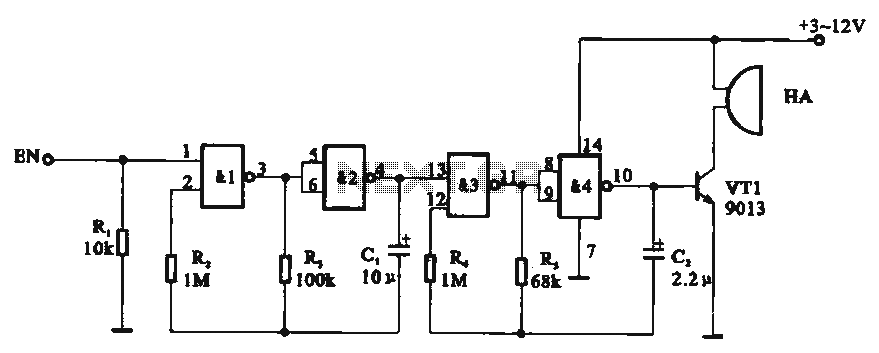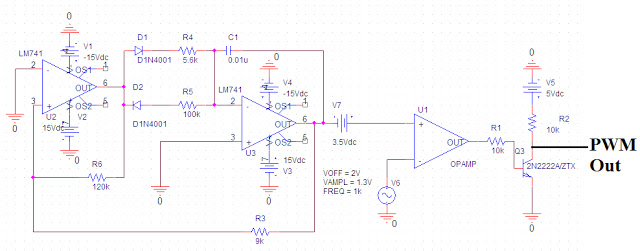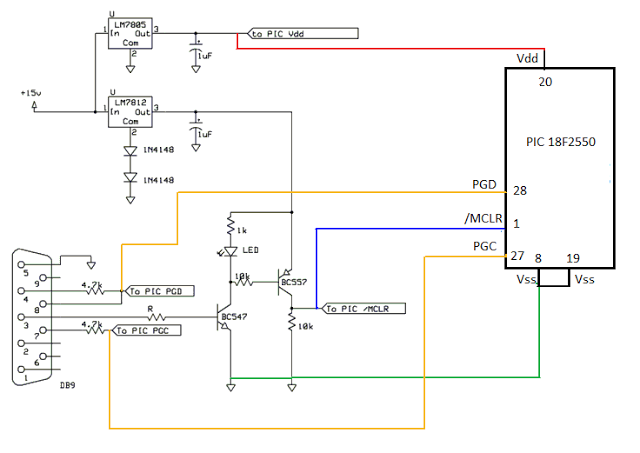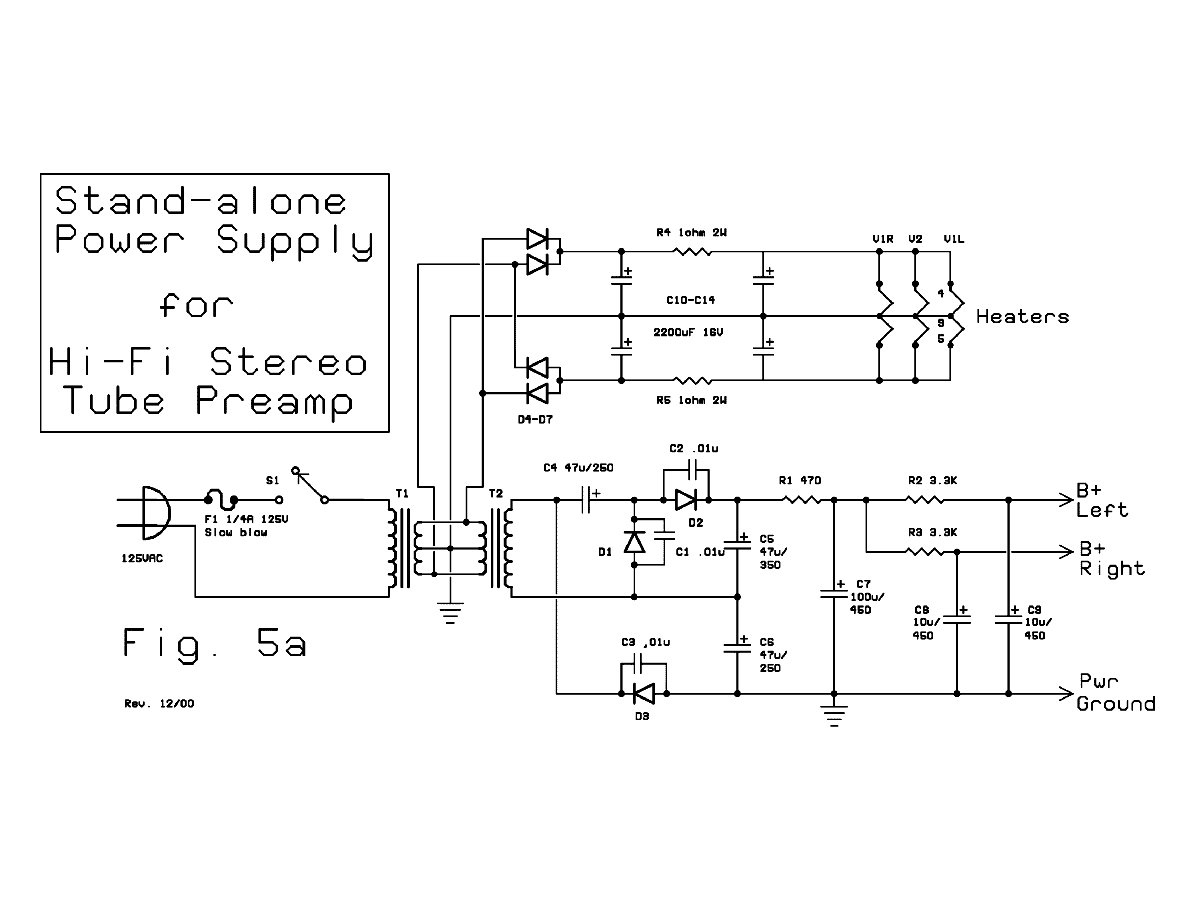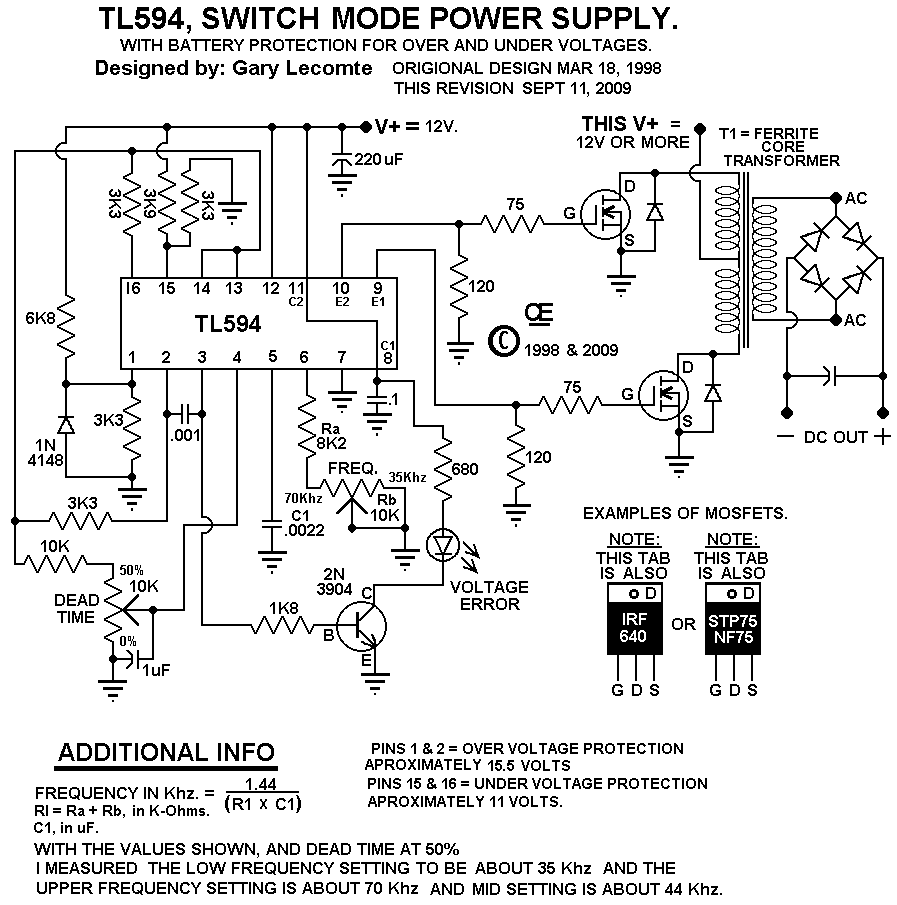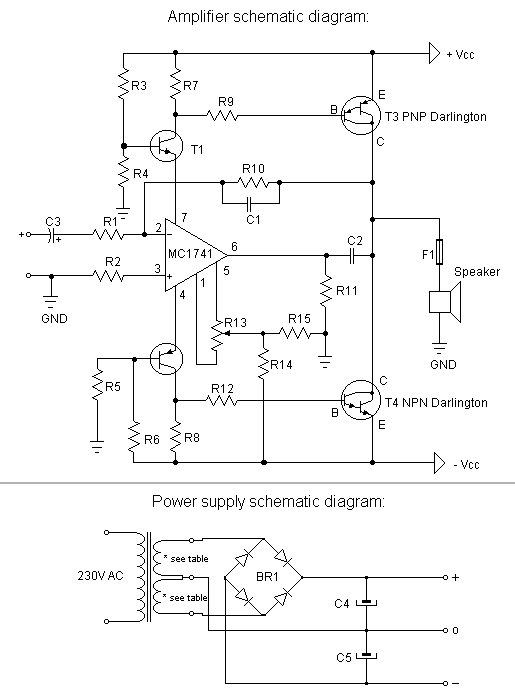
micro power pulse generator

This circuit generates clean logic pulses with minimal current consumption. It is designed to produce short 2 ms pulses at a frequency of one pulse per second, drawing only 1 microamp from a 9-volt battery.
The described circuit operates efficiently by utilizing a combination of low-power components. Central to the design is a timing mechanism, often implemented using a 555 timer in astable mode or a microcontroller configured for low power operation. The output stage typically includes a transistor or a MOSFET to ensure that the logic levels are maintained while minimizing the load on the power source.
The pulse generation occurs at a precise interval, with each pulse lasting 2 ms. This is achieved through the careful selection of resistor and capacitor values that determine the timing characteristics of the circuit. For instance, using a capacitor with a capacitance of 1 µF and resistors with values in the range of megaohms can effectively create the desired timing without excessive current draw.
The circuit's overall design emphasizes low power consumption, making it suitable for battery-operated devices where longevity is critical. The choice of a 9-volt battery provides a stable voltage source, ensuring consistent performance over time. Additionally, incorporating a low-dropout regulator can further enhance efficiency by providing a regulated output voltage for sensitive components, if needed.
In summary, this circuit exemplifies a well-engineered solution for generating low-current logic pulses, making it ideal for applications that require periodic signaling without significant energy expenditure.This circuit produces clean logic pulses while drawing very low current. This circuit is designed to produce short 2mS pulses at a rate of one per second while drawing only 1 micro amplifier from a 9 volt battery. 🔗 External reference
The described circuit operates efficiently by utilizing a combination of low-power components. Central to the design is a timing mechanism, often implemented using a 555 timer in astable mode or a microcontroller configured for low power operation. The output stage typically includes a transistor or a MOSFET to ensure that the logic levels are maintained while minimizing the load on the power source.
The pulse generation occurs at a precise interval, with each pulse lasting 2 ms. This is achieved through the careful selection of resistor and capacitor values that determine the timing characteristics of the circuit. For instance, using a capacitor with a capacitance of 1 µF and resistors with values in the range of megaohms can effectively create the desired timing without excessive current draw.
The circuit's overall design emphasizes low power consumption, making it suitable for battery-operated devices where longevity is critical. The choice of a 9-volt battery provides a stable voltage source, ensuring consistent performance over time. Additionally, incorporating a low-dropout regulator can further enhance efficiency by providing a regulated output voltage for sensitive components, if needed.
In summary, this circuit exemplifies a well-engineered solution for generating low-current logic pulses, making it ideal for applications that require periodic signaling without significant energy expenditure.This circuit produces clean logic pulses while drawing very low current. This circuit is designed to produce short 2mS pulses at a rate of one per second while drawing only 1 micro amplifier from a 9 volt battery. 🔗 External reference
